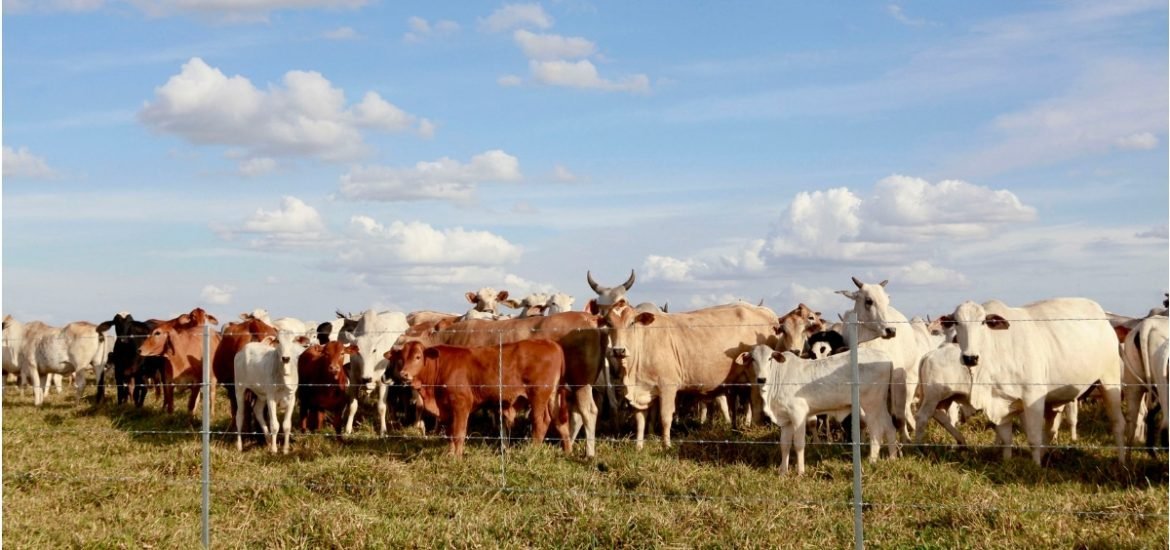
In a new commentary published on 8 May in Nature, three experts discuss the current priorities for food and land use, including sustainable agricultural systems, safeguarding biodiversity, and ensuring food security. In addition, they highlight the importance of building “a global network for mapping, modelling and managing agriculture, biodiversity, trade, and nutrition”.
At present, food production is not matching demand. Further, intensive agriculture and new food sources will be required to feed a growing global population; while minimising damage to the environment and conserving biodiversity.
Therefore, the authors ― Guido Schmidt-Traub, director of the Sustainable Development Solutions Network in Paris France, Michael Obersteiner, programme director of Ecosystems Services and Management at the International Institute for Applied Systems Analysis in Laxenburg, Austria, and Aline Mosnier, scientific director of FABLE at the Sustainable Development Solutions Network ― examine the critical need to adopt strategies for managing land-use and food systems in tandem.
The disconnect between agriculture, climate, and health policies
According to the authors, current agricultural, climate, and health policies are not aligned and are often developed in isolation.
For example, the European Union’s Common Agricultural Policy outlines ways to reduce agriculture emissions but does not consider the nutritional value of food. Moreover, some policies are simply too ambitious and destined to fail. For instance, France has yet to reduce pesticide use enough to meet targets set out more than ten years ago.
Furthermore, one-third of the food produced globally is wasted despite widespread poverty – 800 million people are undernourished and 2 billion lack essential nutrients. However, the boost in agricultural productivity required to feed more mouths will only guzzle more precious water resources, destroy more forests, and continue to dramatically reduce biodiversity. And these issues will only be compounded by accelerated climate change.
The way forward – an integrated approach
The strategy put forward by the authors is based on analyses performed by the Food and Land-use Coalition of the Sustainable Development Solutions Network and the International Institute for Applied Systems Analysis in Austria, as well as conclusions of the Deep Decarbonization Pathways Project.
To address all of these factors side-by-side, including links between agriculture, water, pollution, biodiversity, diets, and greenhouse-gas emissions, the article describes three crucial steps.
Step one – Agree on a framework
The first step requires agronomists, ecologists, nutritionists, climate scientists, economists and other technical experts to come together and agree upon a suitable approach. The framework should be based on ‘three pillars’ or priorities:
- creating resilient agriculture systems;
- restoring and conserving biodiversity;
- ensuring food security.
In addition, the strategy must take into account global supply chains, demands for land use, and climate impacts. One example the authors provide is how intensifying cattle ranching in Brazil could reduce local deforestation while mitigating global greenhouse-gas emissions.
Step two – Build national models
Once the framework is developed, national governments will need relevant information and tools to implement the best land-use policies. These should take into account, as they write, data on land use, soil and water resources, biodiversity, carbon stocks, transport infrastructure, climate impacts, consumption patterns, and food waste.
The data could come from space monitoring programmes, government data, geospatial models, and household surveys, for example, and should be “harmonised, curated, and integrated”. To this end, poorer countries may need international support.
Countries would then be able to test policy options and develop pathways using advanced models. For example, the combined land-use, energy, and economic models used by the European Union to set emissions targets.
Step three – Create a global network
Finally, international cooperation ― in particular, integrating policies and sharing information ― is critical to successfully meeting the Sustainable Development Goals (SDGs) and targets of the Paris agreement.
As an example, FABLE provides technical training and support to countries, identify gaps between global goals and national pathways, and look for inconsistencies in trade flows.
These detailed steps could help countries develop long-term strategies within the requirements of the Paris agreement; while addressing the most important priorities of food and land use – maintaining sustainable food systems, biodiversity, and ecosystem services.